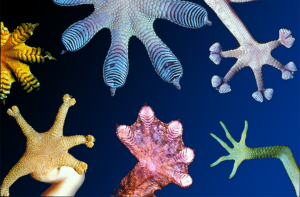Research Overview
A central challenge for many organisms is the generation of stable, versatile locomotion through irregular, complex environments. Animals have evolved to negotiate almost every environment on this planet. To do this, animals' nervous systems acquire, process and act upon information. Yet their brains must operate through the mechanics of the body’s sensors and actuators to both perceive and act upon the environment. Our research investigates how physics and physiology enable locomoting animals to achieve the remarkable stability and maneuverability we see in biological systems. Conceptually, this demands combining neuroscience, muscle physiology, and biomechanics with an eye towards revealing mechanism and principle -- an integrative science of biological movement. This emerging field, termed neuromechanics, does for biology what mechatronics, the integration of electrical and mechanical system design, has done for engineering. Namely, it provides a mechanistic context for the electrical (neuro-) and physical (mechanical) determinants of movement in organisms. We explore how animals fly and run stably even in the face of repeated perturbations, how the multifuncationality of muscles arises from their physiological properties, and how the tiny brains of insects organize and execute movement.
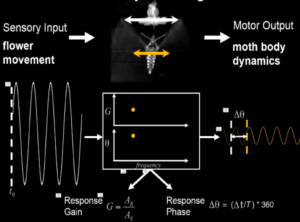
How do precise motor programs generalize for robust behaviors?
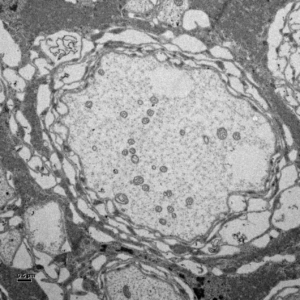
Conduction of Signals in the Hawkmoth
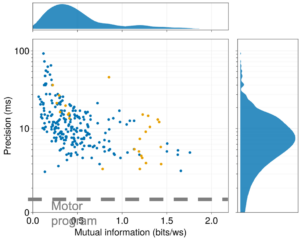
Origins of motor precision
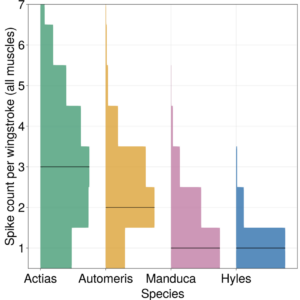
Flight motor programs across species: Are faster-flapping insects more precise?
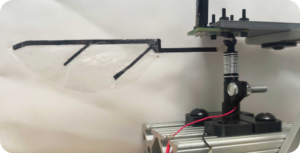
Comparison of synchronous and asynchronous actuation strategies in response to perturbations
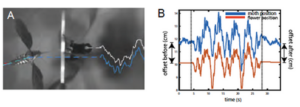
Fast Reference-Locking in Hover Feeding Hawkmoths
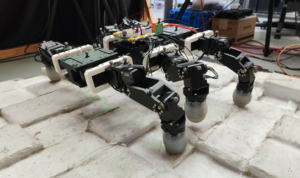
Performance advantages of centralized neuromechanical control over variable terrain
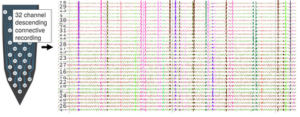
Task-Relevant Descending Information in the Neck Connective
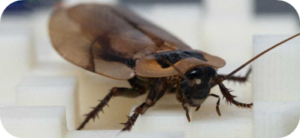
Variation of Centralization with Terrain Complexity and Locomotion Speed
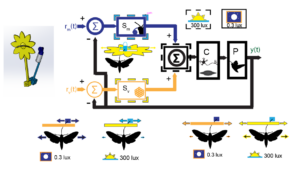
Multisensory Integration is Luminance-Dependent
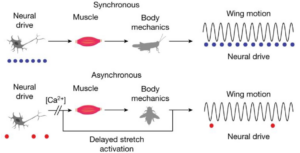
Evolutionary transitions in flight muscle physiology
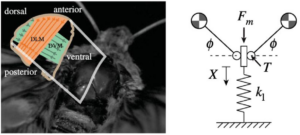
Do insects flap at their resonant frequency?
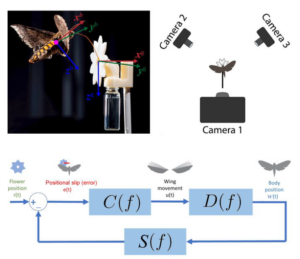
What underlies the emergent agility of hawkmoth flower tracking
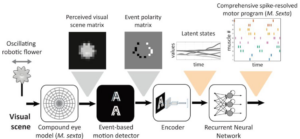
A sensorimotor system model to predict sensory-modulated motor program that is temporally precise, coordinated and comprehensive
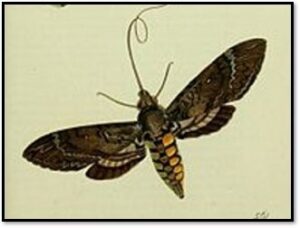
Determining the biochemical changes associated with feeding and flight
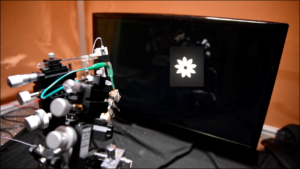
How an ecologically-relevant odor affects visual motion processing
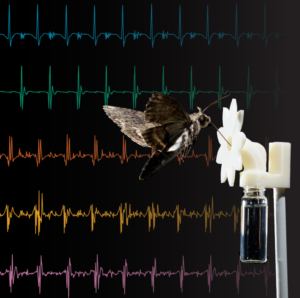
Temporal encoding across a motor program for the hawkmoth’s agile flight
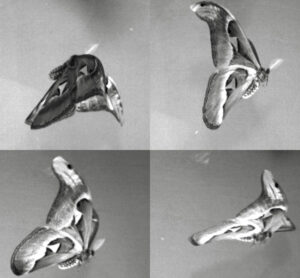
within-wingstroke body motion affect on insect flight dynamics
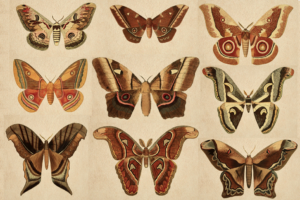
The evolution of different strategies for agile flight
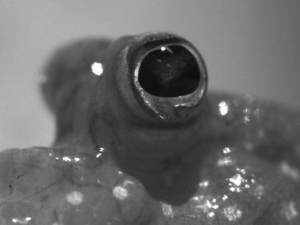
The convergent evolution of blinking in mudskippers and tetrapods
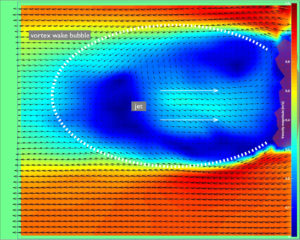
Natural flower wakes present aerodynamic challenges to pollinators
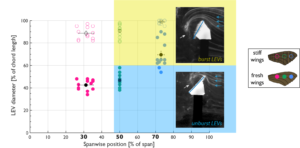
Natural wing flexibility prevents leading-edge vortex (LEV) bursting
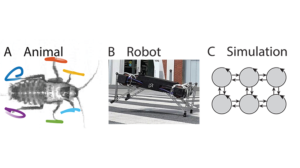
Centralization of Locomotor Control in Roaches & Robots
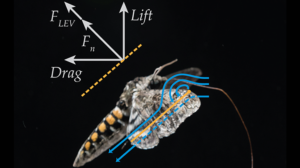
Moths change their behavior, but not their aerodynamics to feed in windy environments
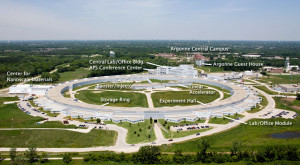
X-ray diffraction through living muscle
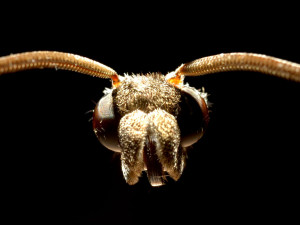
Moths slow their brains to track flowers in low light
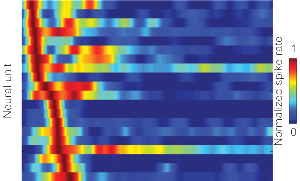
How antennae encode mechanical stimuli for tactile navigation
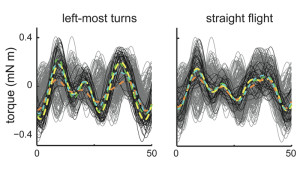
Simultaneous dimensionality reduction of motor commands and movement
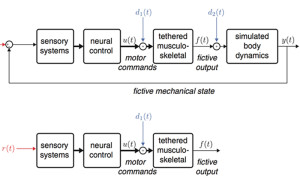
Control theoretic approaches to experiment and analysis of locomotion
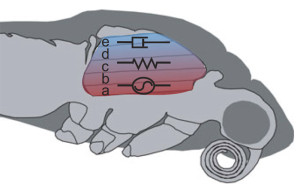
How temperature makes moth muscle bifunctional.
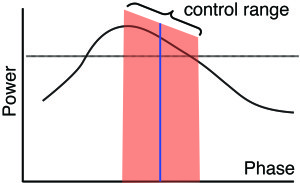
Precision phase control in flight muscles
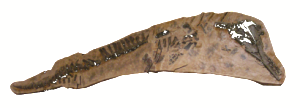
Evolution of whale body size
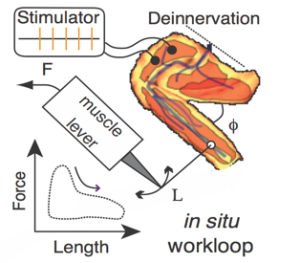
An intact-limb workloop reveals how cockroach muscle changes function
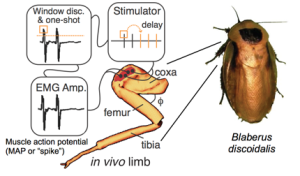
Rewriting motor commands in a freely running animal shows the multifunctionality of muscle
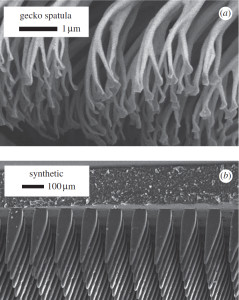
Gecko adhesive hairs gets stickier the faster they slide
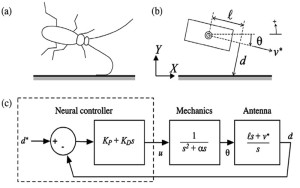
Bio-inspiration from how cockroaches navigate by touch
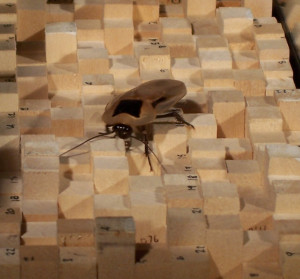
How roaches run on rough terrian.
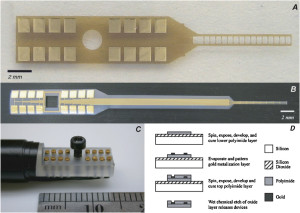
Flexible multielectrodes for recording from insect muscles
